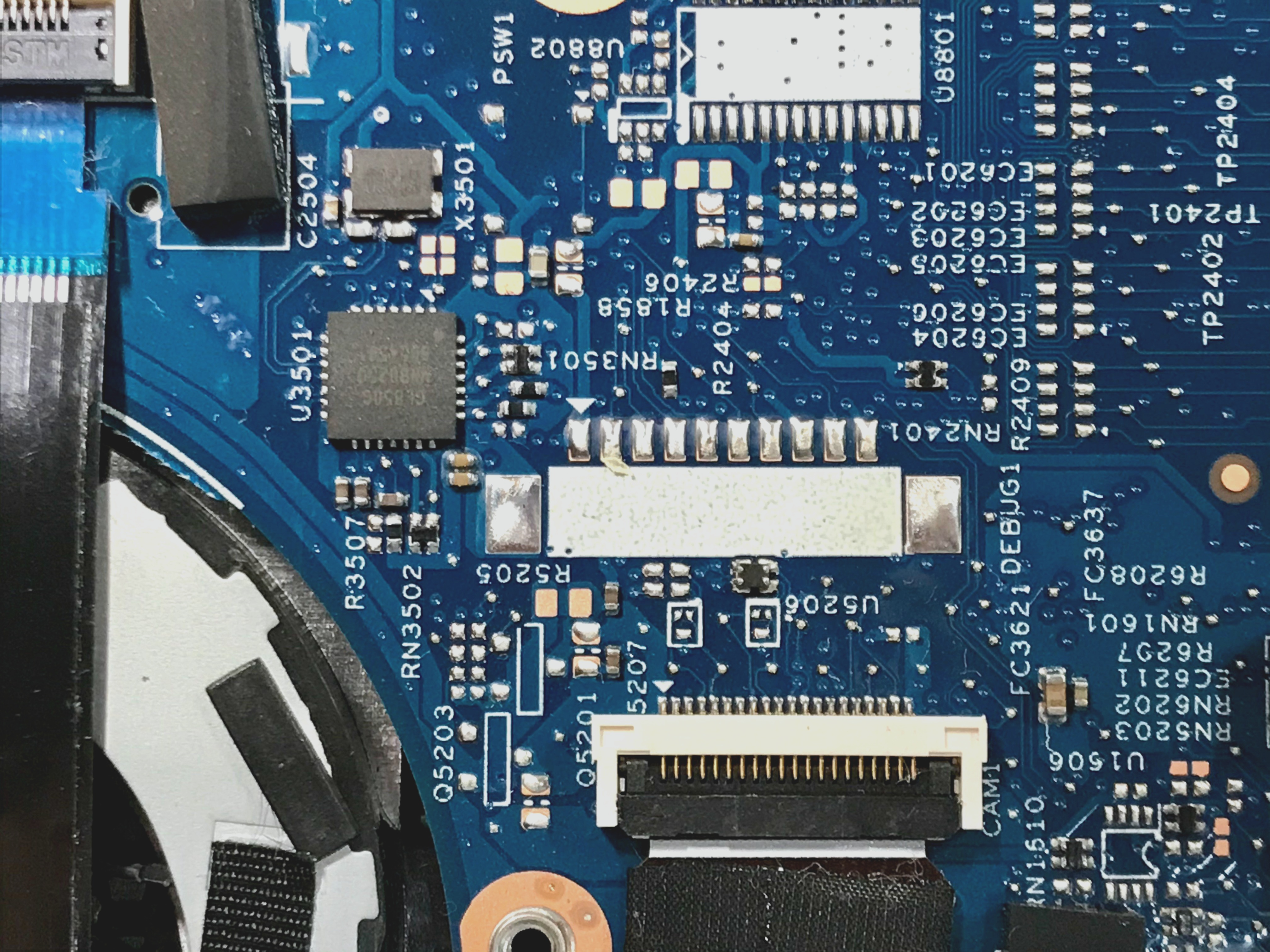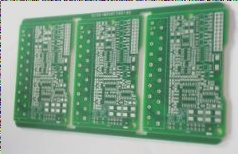Choosing the Right PCB Assembly: SMT vs. Through-Hole Techniques
The article discusses the importance of selecting the right PCB assembly method, comparing Surface-Mount Technology (SMT) and Through-Hole Technology (THT) based on factors like component size, production volume, and mechanical requirements to optimize efficiency, cost, and performance.
Choosing the Right PCB Assembly: SMT vs. Through-Hole Techniques Read More »




